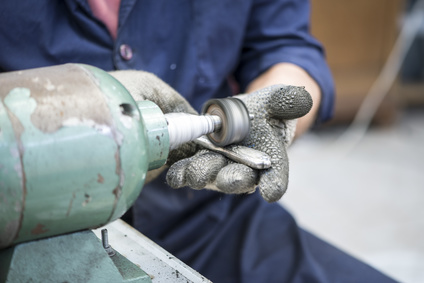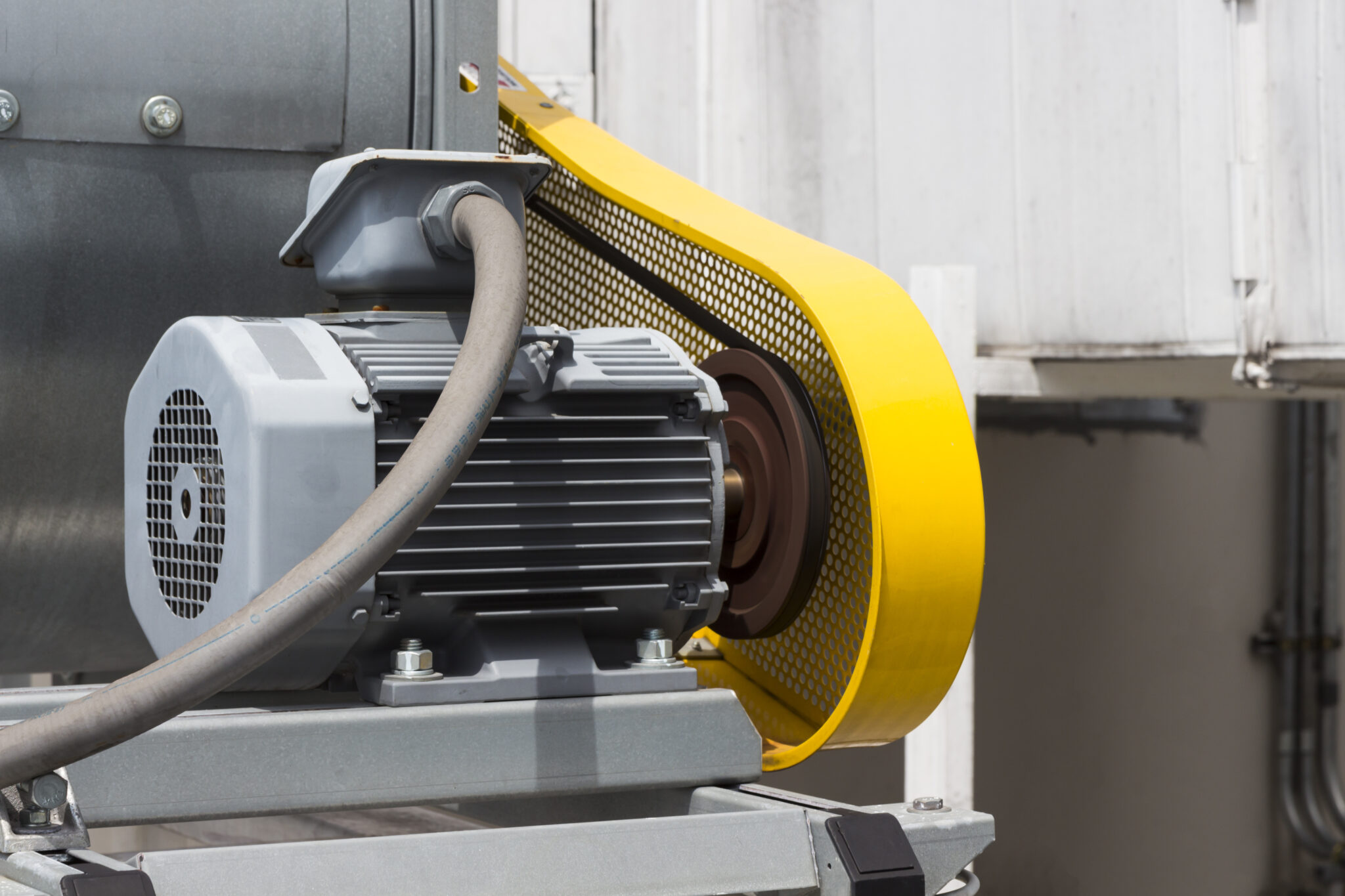Understanding Hazards – Plant and Machinery



Machinery hazards can be sub-divided into mechanical hazards and non-mechanical hazards.
Guarding offers a viable solution for mechanical hazards, if you can’t eliminate or reduce the hazard in any other way. Guards should be chosen in the following order of priority:
Where you don’t need access to the danger zone under normal operation:
• Fixed guard
• Interlocking guard
• Trip device
Where you need access to the danger zone under normal operation:
• interlocking guard
• automatic guard
• trip device
• adjustable guard
• self-adjusting guard
• two-hand control
The condition of plant or machinery should be inspected on a regular basis to ensure that it remains in good condition and all safety features including guards and stop controls are operational.
As a duty holder, you must develop procedures to make sure work equipment is:
• suitable for its purpose
• set-up and used to minimise risks
• well-maintained
• inspected
• operated by trained users
